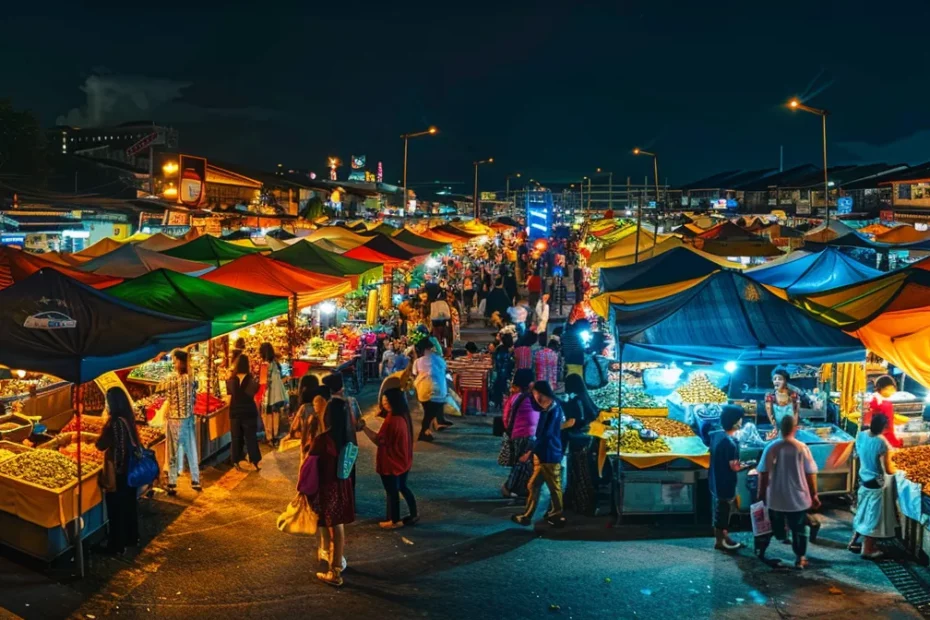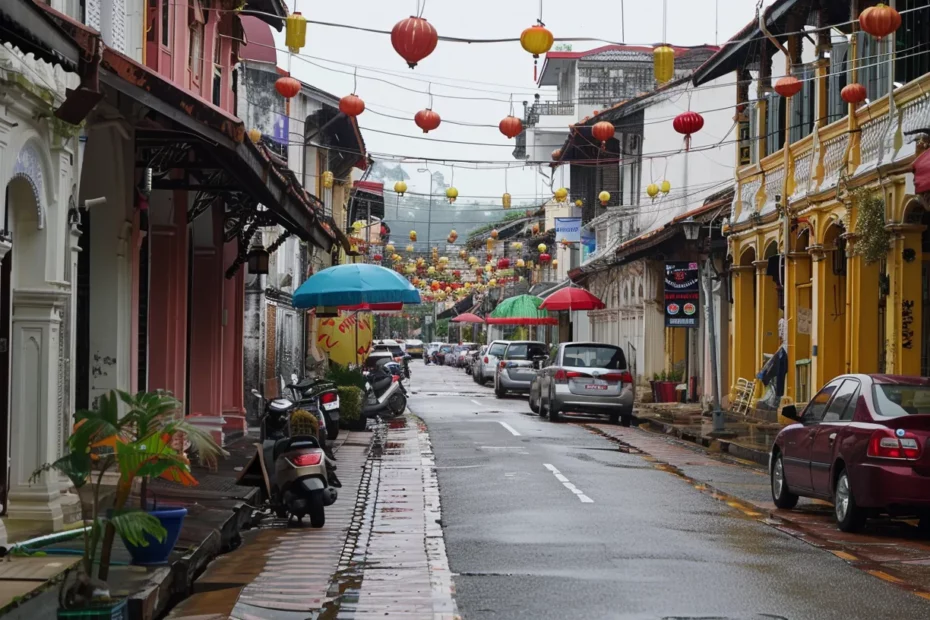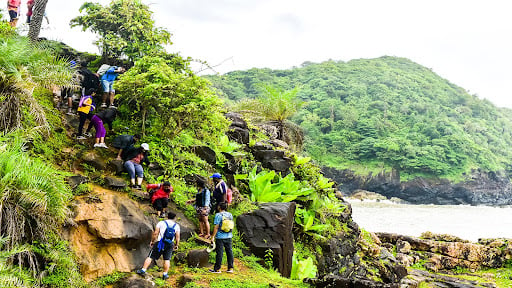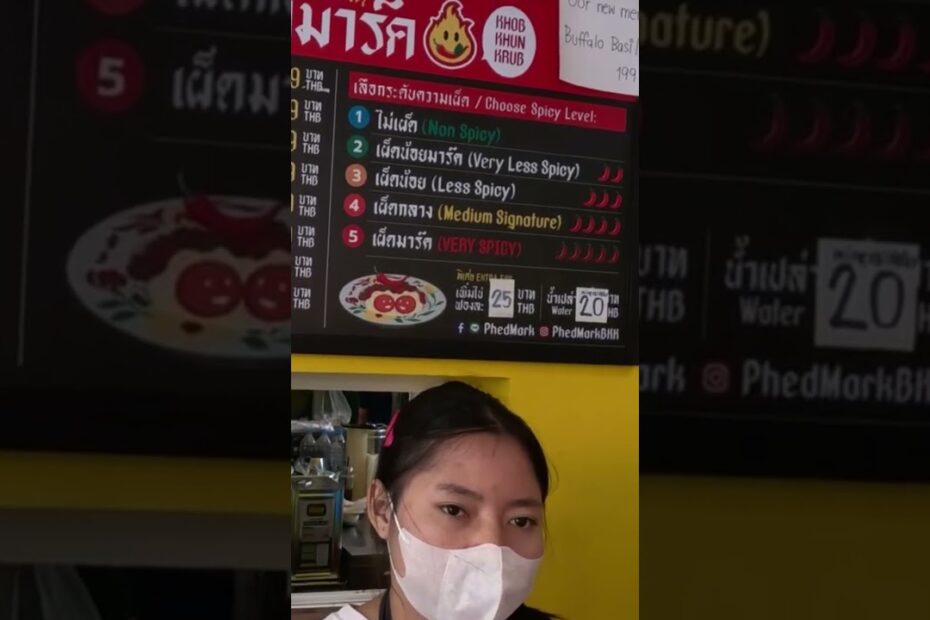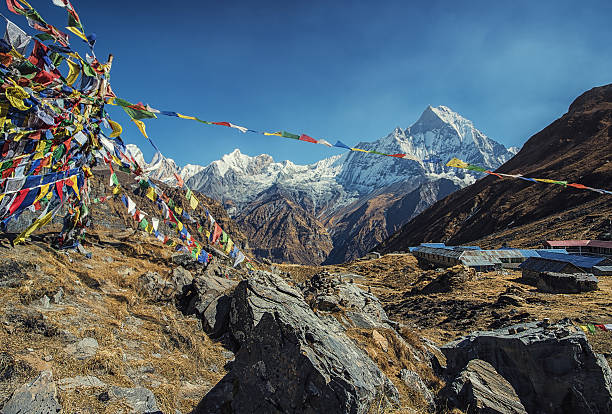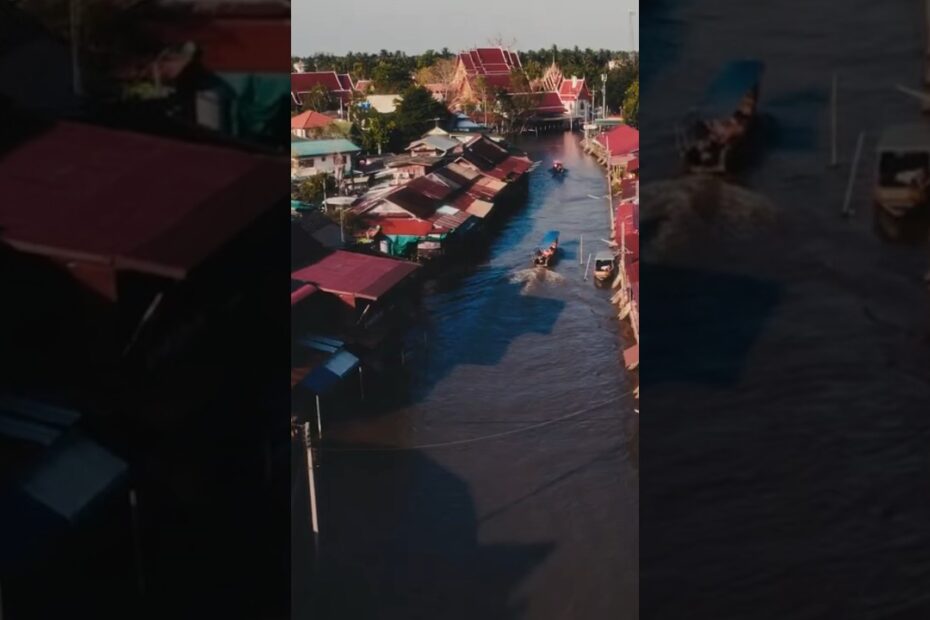Asia
When you are thinking about traveling to Asia, you are traveling to a paradise. This is a large continent that one can think about exploring but cannot narrow down where to start from. It comprises 48 countries, each being unique and spectacular in its own ways. But if you want to start great, begin your journey with the two most populated countries in the world, China and India.
It will take years to explore each corner of the continent in the truest sense. You can also start your journey from Southeast Asia and explore countries like Thailand, Laos, Vietnam, Cambodia, and Indonesia through backpacking. While these countries will mainly be crowded, you can go out hunting the luxury gems of the continent.
Bigger nations like China, India, and Japan attract travelers globally and they do because of their food. The largest yet most attractive variation of cuisines can only be found within this continent. You will rediscover your palette and create ever-lasting memories here.
There is no such particularly great time to visit Asia and you can enjoy lush jungles, majestic mountains, beautiful beaches, ancient temples, and bustling markets all around the year. But try avoiding the monsoon and plan your trips accordingly.
When you are visiting Asia, you are going to witness newer experiences as you travel around Central, East, South, and Southeast Asia. The cultures will change enormously and you are going to cherish every bit of their hospitality.
Follow our blog to know more about the best travel destinations in Asia and plan the perfect getaway. We also provide bucket list experiences, travel guides, and tips from the travelers of our community. Do not miss out on any updates and let Asia make you feel at home.
Budget-Friendly Travel Destinations in Southeast Asia
Southeast Asia is a vast region comprising eleven countries with… Read More »Budget-Friendly Travel Destinations in Southeast Asia
Beyond Beaches: Gokarna Coastal Trek and Clifftop Adventures
Gokarna, a small Indian town facing the Arabian Sea, is… Read More »Beyond Beaches: Gokarna Coastal Trek and Clifftop Adventures
Best Time to Visit Vietnam and Cambodia in 2024/2025
In recent years post-COVID, travelers have ditched the big, busy… Read More »Best Time to Visit Vietnam and Cambodia in 2024/2025
How to Enjoy Rich Sherpa Culture along the Everest Base Camp Trek
Exploring the peaks and admiring the charming beauty of picturesque… Read More »How to Enjoy Rich Sherpa Culture along the Everest Base Camp Trek
Taking A Ferry Across The River Of Kinks Bangkok Thailand
Video Description: Discover the tranquil beauty of The Lake House Room in Cameron Highlands, Malaysia! Nestled in the lush hills, this charming Tudor-style boutique hotel offers a peaceful retreat with stunning views of the surrounding lake and greenery. Explore the perfect blend of nature, relaxation, and luxurious comfort in this hidden gem of Cameron Highlands.… Read More »The Lake House Room Cameron Highlands Malaysia
Exploring The #Bangkok #Thailand Area
Video Description: Discover the tranquil beauty of The Lake House Room in Cameron Highlands, Malaysia! Nestled in the lush hills, this charming Tudor-style boutique hotel offers a peaceful retreat with stunning views of the surrounding lake and greenery. Explore the perfect blend of nature, relaxation, and luxurious comfort in this hidden gem of Cameron Highlands.… Read More »The Lake House Room Cameron Highlands Malaysia
